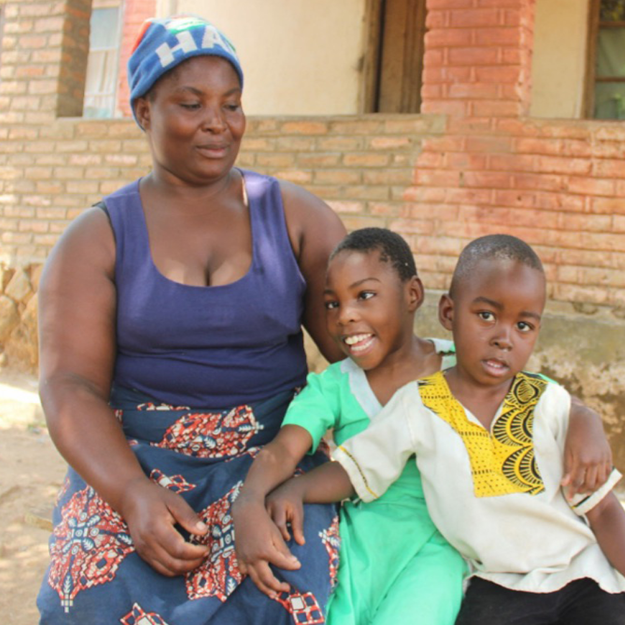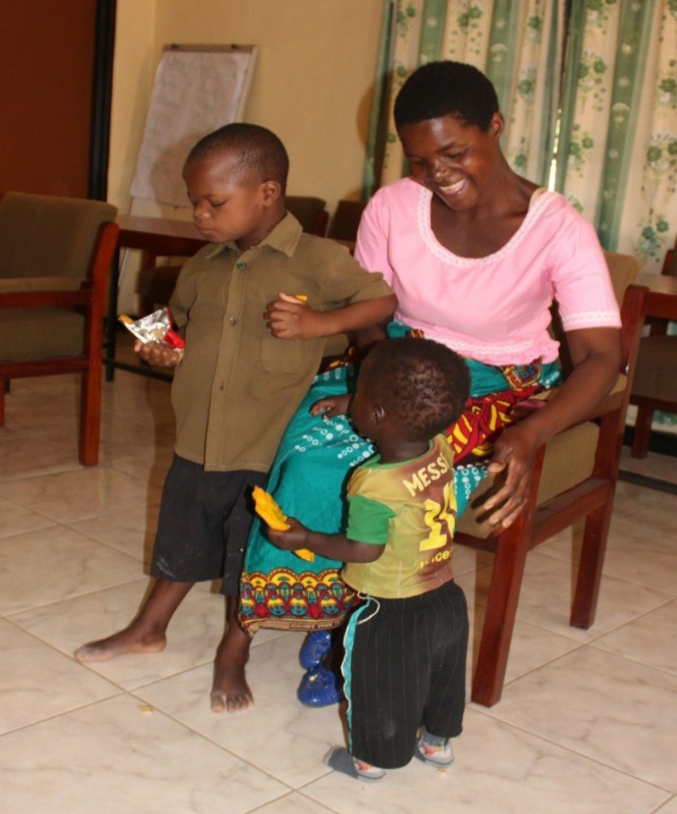Let’s Learn: Supporting the participation of children in Malawi
Published: 2 October 2023
Research insight
Dr Paul Lynch, School of Education, discusses the impact of the Tiphunzire (Let’s Learn) project in Malawi exploring the participation and inclusion of children with disabilities and their families in early education.
Approximately 53 million children globally have a developmental disorder – around one in 10. Developmental disorders include conditions like cerebral palsy, epilepsy and intellectual impairments, which are more predominant in low to middle income (LMIC) countries.
The protection of children with disabilities is enshrined in the UN Convention on the Rights of the Child, Convention on the Rights of Persons with Disabilities (UNCRPD) and the Sustainable Development Goals (SDGs). There is a global commitment to move toward Universal Health Coverage (UHC) as part of efforts to achieve Sustainable Development Goal 3 to “ensure healthy lives and promote wellbeing for all at all ages”.

Photo 1: Pricilla with her mum and brother outside her pre-school
The actions of nations to realise the rights of health for all also impacts the probability of achieving SDG target 4.2, which requires “all girls and boys have access to quality early childhood development, care, and pre-primary education so that they are ready for primary education”.
In signing these pledges, world governments, including Malawi, have committed to addressing inequity for children with disabilities through the provision of disability-inclusive education and appropriate health services.
Tiphunzire was funded by the British Academy to understand the influences on education, health, human rights and social welfare when making decisions about opportunities for children with disabilities to attend special schools, primary schools and Community Based Childcare Centres (CBCCs) in Malawi’s Chiradzulu District.
The stories of these children and families are shared in ‘Supporting the Participation of Children with Disabilities in Malawi’, a short film about the project.
These children are often portrayed in a negative manner, which stems from coming from a poor country, being young and being disabled. By contrast, the film sets out to portray examples of good practice that have supported children with disabilities to transition into and make progress in early childhood/primary education, and transform their lives.

Photo 2: Pemphero with his mother and baby brother at school
Play is a key feature of the film. Drawing on Lundy’s inclusion and participation framework, we explored the 'lived experiences' of children attending early childhood and development centres (ECDs), a mainstream or special school, and resource centres in one rural district in Malawi.
This framework was particularly useful to understand the 'space, voice, audience and influencial' factors that help to ensure the rights of the child (UN Convention on the Rights of the Child, Article 12) and the CRC.
The film introduces us to four children:
Pemphero is 8 years old and attends and boards at a special school for children who are deaf/blind. He has severe low vision and deaf can be seen putting away his lunch dishes himself. Later in the video, you’ll notice Pemphero’s facial expression showing how much he is enjoying the rocking horse and listening to the rattle. This important act of independence helps him give a sense of agency, which is important to him.
Hazel is four years old and attends and boards at a special school for children who are deaf/blind. She has been attending the school for deaf/blind children for two years. Hazel expresses the toys she wants to play with and not play with by turning her body away from the toy when she had enough. Her teacher listens to her signals through her body movements.
Prisicilla is eight years old and has been attending an early childhood centre near her home. Priscilla has multiple disabilities. She can’t sit up unsupported, walk or communicate verbally. She loves her younger brother, who also goes to the same ECD centre. She likes playing with dolls and balls, music and singing. Her teacher said she had made lots of progress, able to move, more vocal. Prisicilla’s mum worked hard to help her sit up.
Spencer is six years old and attends a mainstream school close to where he lives. Ellen, Spencer’s Mum, noted that he is more free, active and able to mix with others. She observes whilst he is not talking as much, sometimes he will say some words, mimic words or sometimes he does pretend play at home. Ellen feels Spencer is progressing and learning saying, ‘…when Spencer gets home, he tells me what he has learnt at school. So as a parent I am able to tell that he is really learning’.
The study has taught us a lot - and we’re continuing to learn from it. Key findings include:
- Partnership between home and school was critical. The parents and the teachers valued the information each other could share. This enabled:
- a greater understanding of the child’s needs,
- solving problems of stigma and discrimination in school,
- sharing advice from school to home on how best to support the child.
- Educational opportunities were noted by parents as a feature of good practice. For most, their aspirations related to developing their child’s ability to manage independently and all could identify progress that their child had made in the time they were at the settings.
- Reassurance and explanation of the value of education was considered as important by parents. Some parents, they were reassured that caregivers and teachers had experience of working with children with disabilities and the setting could manage to support their child.
- Relationships with siblings were considered important for two parents as it supported their children to attend a mainstream school and ECD centre.
- Focusing on parent priorities was also a feature of good practice as it enabled teachers to support their children to achieve the goals identified by parents. This builds upon the strong home-school partnership highlighted previously.
It is important to note that inclusion is a complex concept and understood in different ways globally, with no single correct model. However, there are similar barriers to inclusion, including negative attitudes towards disability, lack of reliable data on prevalence, limited resources and a lack of staff training. There is a developing tradition of sectors working together for children with disabilities, with the transdisciplinary approach considered the best, in high income countries. Whilst there are examples of disciplines collaborating in low-income countries, difficulties such as the issues around poverty, awareness of disability, stigma, discrimination and limits on personnel and resources all impact on the frequency of working together.
Ultimately, this project has found that a transdisciplinary approach, one in which families access co-ordinated services for their children that are tailored to their needs, has a much higher chance of making effective interventions than single sector approach.
About this blog
Dr Paul Lynch is a Senior Lecturer in Inclusive Education at the University of Glasgow. He is leading the Tiphunzire project along with a team of researchers:
- Dr Anita Soni, University of Birmingham
- Dr Emmie Mbale, Kumuzu Health Sciences University
- Dr Khama Chibwana, University of Malawi
- Jenipher Mbukwa-Ngwira, the Catholic University of Malawi
For more, see the team’s blog on 'Coordinating intervention' in International Teacher Magazine
First published: 2 October 2023

